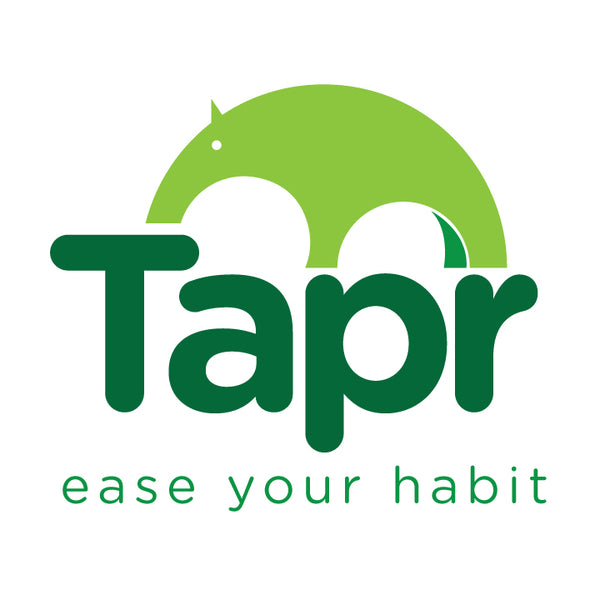Why Cannabis Withdrawal Hits Harder at Night (And What Actually Helps)
Share

Your Brain's Nighttime Vulnerability
During the day, external stimuli and activity keep your prefrontal cortex engaged. This is your brain's executive control center—the part that manages decision-making and emotional regulation. When you're busy, this system stays activated, helping you cope with cravings and discomfort.
As evening approaches and external stimulation decreases, your prefrontal cortex activity naturally declines. Simultaneously, your limbic system becomes more active. This neurological shift tilts the balance of power away from rational control toward emotional reactivity. Cannabis withdrawal amplifies this normal evening pattern. Your already-stressed endocannabinoid system struggles more when your executive control is weakest.
The Habit Loop Trap
Most cannabis users have a deeply ingrained evening routine. The brain loves patterns, and you've probably spent months or years associating certain environmental cues with cannabis use.
When 8 PM hits and you settle onto the couch where you used to smoke, your brain triggers the entire reward anticipation sequence without your conscious input. Dopamine spikes in anticipation of a reward that never comes. This creates intense psychological discomfort that people often mistake for purely physical withdrawal.
Why Sleep Becomes the Final Boss
The transition into sleep reveals withdrawal's cruelest trick. Cannabis users often relied on THC to fall asleep, effectively bypassing their brain's natural sleep initiation process. Now that system has to relearn its job.
Your brain's GABA system—responsible for calming neural activity and promoting sleep—has been outsourced to THC. During withdrawal, insufficient GABA activity means your brain stays in a state of hyperarousal. You're exhausted but wired, a combination that makes nighttime feel endless.
REM rebound compounds the problem. Cannabis suppresses REM sleep, and when you quit, your brain tries to catch up on months of missed REM cycles all at once. This creates vivid, often disturbing dreams that can jolt you awake repeatedly.
Strategic Evening Protocols That Work
Temperature manipulation changes the game. Your core body temperature naturally drops to initiate sleep. Taking a hot shower 90 minutes before bed causes your body to cool down afterward, triggering sleep mechanisms. This works even when your endocannabinoid system is compromised.
Light exposure needs aggressive management. Blue light from screens suppresses melatonin production, and during withdrawal your melatonin production is already disrupted. Using blue light blocking glasses (or contacts) after sunset or avoiding screens entirely can help your brain recognize it's nighttime.
Magnesium before bed addresses multiple withdrawal symptoms simultaneously. It calms the nervous system, supports GABA production, and helps regulate cortisol. Most people are already magnesium deficient, and withdrawal depletes it further.
Melatonin and Magnesium are both part of the Tapr Better Sleep pack.
The Evening Activity Paradox
Your instinct might be to relax in the evening, but light activity often works better than complete rest during withdrawal. A 15-minute walk after dinner helps metabolize stress hormones and provides natural adenosine buildup—the chemical that creates sleep pressure.
Avoid intense exercise close to bedtime, though. Vigorous activity spikes cortisol and raises core temperature, working against sleep initiation.
Reframing Night Waking
If you wake up at 2 AM with anxiety or sweating, your response determines whether you'll fall back asleep. Catastrophizing about sleep loss creates additional anxiety that prevents sleep. Accept that disrupted sleep is temporary and part of the process.
Get out of bed if you're awake more than 20 minutes. Your brain needs to associate bed with sleep, not anxious wakefulness. Read something boring and not stimulating in dim light until you feel sleepy again.
The Two-Week Inflection Point
For most people, nighttime symptoms show dramatic improvement around day 14. Your brain's natural sleep architecture begins reasserting itself. GABA production normalizes. The habit loops weaken as new evening patterns establish themselves.
Nighttime withdrawal symptoms feel personal and overwhelming, but they're following predictable neurological patterns that respond to specific interventions. The key is meeting your brain where it actually is rather than where you wish it was.
